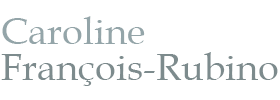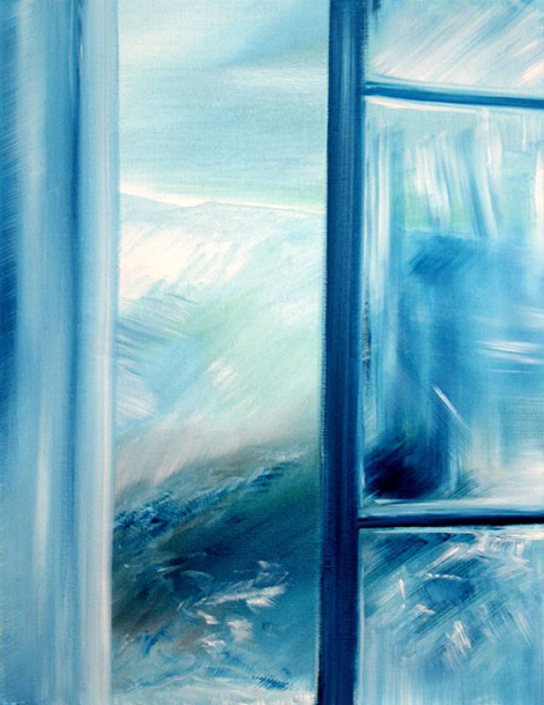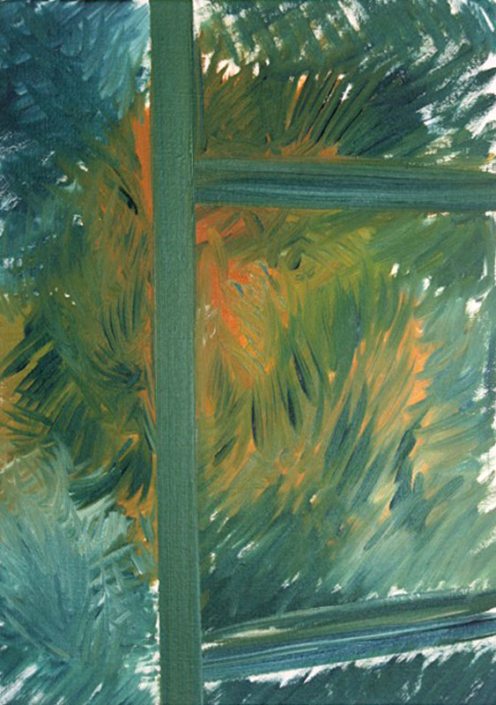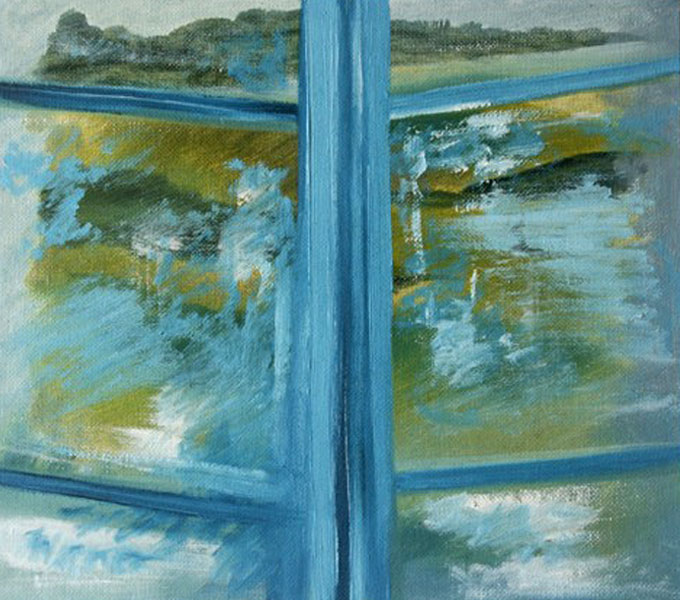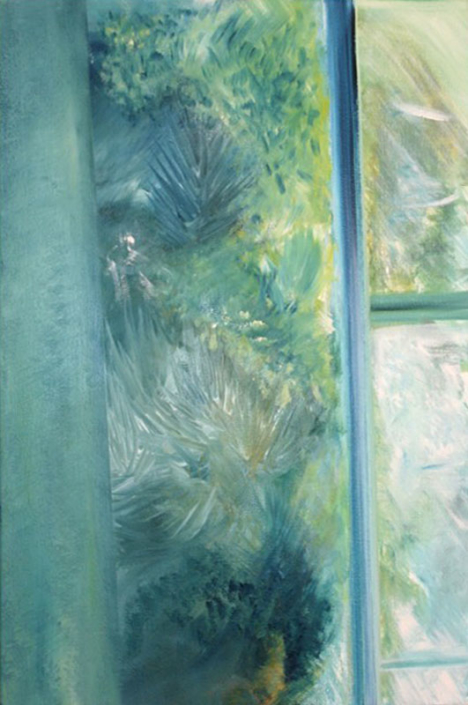Windows
The window as a transitional space and a source of light opens up new perspectives. It enables us to travel through space, from what is near to what is far away, from the known to the unknown, to fix multiple images and to perceive with a special intensity our relationship with the world and thus with time. The window reveals what is not necessarily visible.
Its structure, its separations, its panes, its transparency and its capacity to be either shut, open, or half-open provide never-ending ways of seeing and limitless variations. The window offers fixed, well-defined images as well as more fleeting visual impressions, thanks to reflections and the irregularity of the glass. Windows can sometimes be mirrors, sometimes screens or even kaleidoscopes. Our eyes are drawn to them and stimulated by them.
Ever since Alberti’s famous metaphor, the quadrilateral canvas has always been a kind of window, but perspective imposes a fixed vision and both the artist and the beholder must remain motionless. However, our visual perception, when we walk for example, is multiple and infinite. It stretches out into a time which is not linear, the eye being able to take in several “visions” almost simultaneously, to note surroundings or to stop at details, to go back, look at the horizon, lose itself in the sky or follow the chosen path closely.
Returning to the window is therefore like standing at a crossroads so as to explore the landscape better and to restore the blurred, fragmentary perception which our eyes cannot retain. It is also an attempt to capture the eye of the observer to take him further, and for as long as possible, on a journey through light, colour and transparency.


